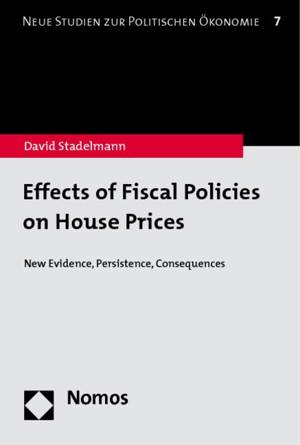
- Afhalen na 1 uur in een winkel met voorraad
- Gratis thuislevering in België vanaf € 30
- Ruim aanbod met 7 miljoen producten
- Afhalen na 1 uur in een winkel met voorraad
- Gratis thuislevering in België vanaf € 30
- Ruim aanbod met 7 miljoen producten
Zoeken
€ 29,45
+ 58 punten
Omschrijving
Why is housing more expensive in some places than in others? What communal characteristics influence house prices? Do property price differentials between communities exist due to differences in local taxes and public services and, if so, do they persist over time? Do property prices reflect differences in communal debts and what are the consequences? These questions are analyzed and answered in this dissertation. They form part of the grand quest - in urban economics, local public finance, and economic geography - to understand the location decisions of people and the consequences of their choices. The subprime mortgage crisis in the US and the resulting financial turmoil have shown that information concerning the determinants of property values is of major importance for property owners, policy makers, mortgage banks, and other financial institutions. By analyzing the influence of fiscal policies and diverse communal factors on housing prices, this book contributes to enhancing the understanding of those communal characteristics that determine property values. Dissertation.
Specificaties
Betrokkenen
- Auteur(s):
- Uitgeverij:
Inhoud
- Aantal bladzijden:
- 132
- Taal:
- Engels
- Reeks:
- Reeksnummer:
- nr. 7
Eigenschappen
- Productcode (EAN):
- 9783832955977
- Verschijningsdatum:
- 24/06/2010
- Uitvoering:
- Paperback
- Formaat:
- Trade paperback (VS)
- Gewicht:
- 225 g

Alleen bij Standaard Boekhandel
+ 58 punten op je klantenkaart van Standaard Boekhandel
Beoordelingen
We publiceren alleen reviews die voldoen aan de voorwaarden voor reviews. Bekijk onze voorwaarden voor reviews.











